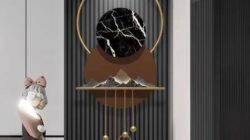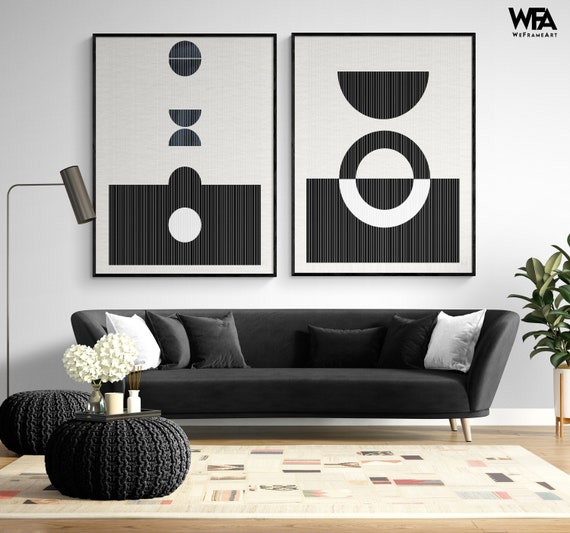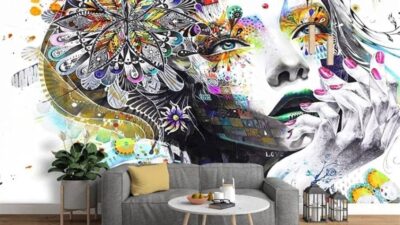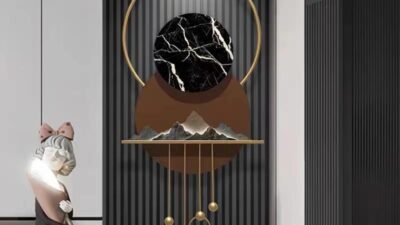Islamic Wall Art: A Tapestry of Faith and Beauty
What is Islamic Wall Art?
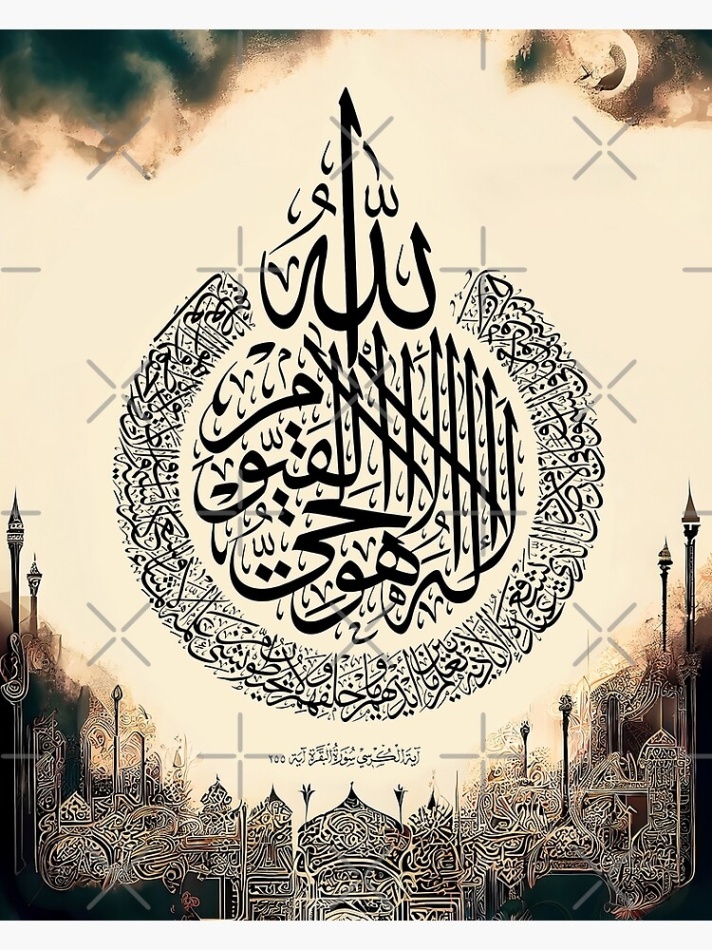
Image Source: redbubble.net
Islamic wall art is a diverse and captivating art form that has been practiced for centuries across the Islamic world. It encompasses a wide range of techniques, including calligraphy, geometric patterns, and figurative representations, all of which are deeply rooted in Islamic culture and religious beliefs. This art form is not merely decorative; it serves as a visual expression of faith, cultural identity, and aesthetic appreciation.
The Significance of Islamic Wall Art
Islamic wall art holds immense significance in Islamic culture. It adorns mosques, palaces, Homes, and public spaces, creating visually stunning and spiritually inspiring environments. The intricate patterns and calligraphy often convey messages from the Quran or Hadith, reinforcing Islamic teachings and values. Moreover, Islamic wall art serves as a powerful tool for cultural identity and heritage preservation. It reflects the rich artistic traditions of different Islamic civilizations and continues to evolve with contemporary interpretations.
Key Elements of Islamic Wall Art
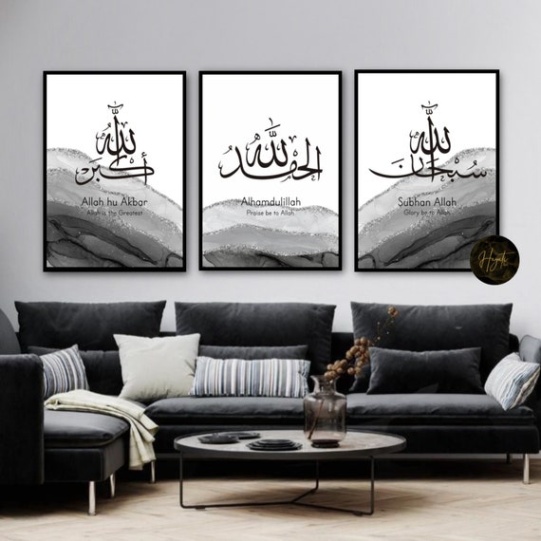
Image Source: etsystatic.com
Several key elements characterize Islamic wall art:
Calligraphy: Islamic calligraphy is a highly revered art form that involves the beautiful and stylized writing of Arabic script. Calligraphic inscriptions often adorn walls, ceilings, and domes, conveying verses from the Quran, Hadith, or poetic verses.
The Techniques of Islamic Wall Art

Image Source: media-amazon.com
Islamic wall art employs a variety of techniques to create stunning visual effects:
Mughal Painting: This style, developed during the Mughal Empire, is characterized by its vibrant colors, detailed miniatures, and intricate patterns. Mughal paintings often depict scenes from history, literature, or mythology.
The Impact of Islamic Wall Art
Islamic wall art has had a profound impact on the art and architecture of the Islamic world and beyond. Its influence can be seen in various artistic styles, from Islamic Spain to Mughal India. Moreover, Islamic wall art continues to inspire contemporary artists and designers. Its timeless beauty and intricate patterns have captivated audiences worldwide, making it a valuable cultural heritage.
Preserving Islamic Wall Art
Preserving Islamic wall art is crucial for future generations. Many historical sites and monuments adorned with Islamic art face threats from neglect, natural disasters, and human activities. Efforts are being made to conserve and restore these precious works of art, ensuring that they continue to inspire and educate.
[Continue with more paragraphs on specific examples, historical context, contemporary interpretations, and the cultural significance of Islamic wall art]
Conclusion
Islamic wall art is a testament to the rich artistic heritage of the Islamic world. Its intricate patterns, vibrant colors, and symbolic meanings continue to captivate and inspire. By understanding and appreciating this art form, we can gain a deeper appreciation for Islamic culture and its enduring legacy.
FAQs
1. What are the main themes in Islamic wall art?
Islamic wall art often explores themes of faith, spirituality, beauty, and the divine.
2. How does Islamic wall art differ from other forms of art?
Islamic wall art is distinguished by its emphasis on geometric patterns, calligraphy, and its connection to Islamic religious beliefs and cultural traditions.
3. What is the significance of calligraphy in Islamic wall art?
Calligraphy is considered a sacred art form in Islam, and it is used to convey divine messages and poetic verses.
4. How has Islamic wall art influenced Western art?
Islamic art, including wall art, has had a significant impact on Western art, particularly during the Renaissance and Gothic periods.
5. What are some famous examples of Islamic wall art?
Some famous examples include the Alhambra Palace in Granada, Spain, the Taj Mahal in India, and the Blue Mosque in Istanbul.
6. How can I incorporate Islamic wall art into my Home Decor?
You can incorporate Islamic wall art into your home decor through various means, such as using tiles, tapestries, or framed calligraphy.
7. What is the future of Islamic wall art?
The future of Islamic wall art is promising, with contemporary artists and designers reinterpreting traditional techniques and motifs.
[Note: This is a starting point. You can expand on each paragraph, adding more specific examples, historical context, and cultural insights. Consider consulting scholarly sources and art history books to enhance the depth and accuracy of your content.]
islamic wall art







